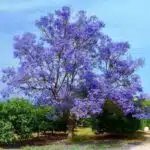

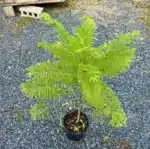
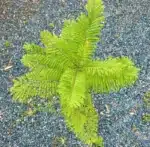


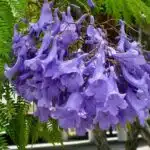


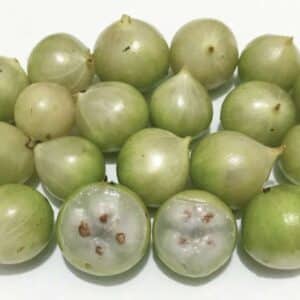

Big Jacaranda blue tree (jacaranda mimosifolia) tropical exotic tree 2’-3’ feet tall
$70.00 Original price was: $70.00.$59.99Current price is: $59.99.
One of the world’s brightest trees! Spring and summer is the season for the most jacaranda show of blue purple flowers you will ever see on a large tropical tree. It’s almost as if the tree is glowing with lights due to the bright vivid color of the blooms.
Jacaranda trees, also known as Jacaranda mimosifolia, are a species of flowering tree native to South America but are now commonly grown in tropical and subtropical regions around the world. Jacaranda trees are known for their beautiful lavender-blue flowers that bloom in the spring and summer, which have earned them the nickname “purple trumpet tree”. In this description, we will discuss how to plant and care for Jacaranda trees, and some of the benefits they can provide.
An interesting fact about Jacaranda trees is that they are a popular symbol of spring in many parts of the world. In some cities, such as Pretoria, South Africa and Grafton, Australia, entire streets are lined with Jacaranda trees that bloom in the spring and create a stunning display of purple flowers. In addition to their beauty, Jacaranda trees also have cultural significance in many parts of the world. In Argentina, for example, it is believed that if a Jacaranda flower falls on your head, you will have good luck. In Brazil, the Jacaranda tree is the national tree, and its wood is used to make musical instruments such as guitars and violins. The Jacaranda tree is not only beautiful but also has cultural and symbolic significance in many parts of the world.
Planting Instructions:
Jacaranda trees can be propagated from seeds or cuttings. If planting from seed, remove the seeds from the fruit and soak them in water for 24 hours before planting. Plant the seeds in a pot filled with well-draining soil and keep the soil moist. When the seedlings are several inches tall, transplant them to larger pots or to the ground. If planting from cuttings, select a healthy stem that is at least 6 inches long and has several leaves. Cut the stem at an angle and dip the cut end in rooting hormone. Plant the cutting in a pot filled with well-draining soil and keep the soil moist. When the cutting has rooted, transplant it to a larger pot or to the ground.
Jacaranda trees prefer well-draining soil and full sunlight. They also require plenty of space to grow, so be sure to select a location with plenty of space.
Care Instructions:
Jacaranda trees require regular care and attention to maintain their health and beauty. The tree needs plenty of water and nutrients to grow, so be sure to provide these elements as needed. Here are some tips on how to care for Jacaranda trees:
Watering: The tree requires frequent watering, especially during the growing season. Water deeply once or twice a week, making sure to soak the soil to a depth of at least 6 inches. Be careful not to over-water, as this can lead to root rot.
Fertilization: Jacaranda trees require plenty of nutrients to grow. Fertilize the tree regularly with a balanced fertilizer, such as a 10-10-10 formula. Apply the fertilizer every 3-4 months during the growing season, making sure to follow the instructions on the package.
Mulching: Mulching can help to retain moisture and nutrients in the soil, as well as control weed growth. Apply a layer of organic mulch around the base of the tree, being careful not to cover the trunk or root flare.
Pruning: Pruning is not usually necessary for Jacaranda trees, but you may need to trim back any excess growth that is encroaching on other plants or structures. Trim back any dead or damaged branches to keep the tree healthy and looking its best.
Pest and Disease Control: Jacaranda trees are generally healthy and resistant to pests and diseases. However, they may be susceptible to leaf spot or powdery mildew in humid conditions. If you notice any signs of disease, such as discolored leaves or powdery residue on the leaves, treat the tree with a fungicide as soon as possible.
Benefits:
Jacaranda trees are primarily grown for their beautiful flowers, which attract pollinators such as bees and butterflies. The tree also provides shade and can be used as a specimen tree in a garden or landscape. Additionally, the wood of the Jacaranda tree is prized for its strength and durability, and is often used in furniture making.
In conclusion, Jacaranda trees are a beautiful and low-maintenance tree that can add color and beauty to any landscape. By following these simple care instructions, you can enjoy the beauty of the Jacaranda tree for many years to come.
| Weight | 15 oz |
|---|---|
| Dimensions | 22 × 4 × 4 in |
| Planting Bag + Soil |
Planting bag + Soil ,I have soil and container |
Related products
Blue Gum Eucalyptus ( Eucalyptus globulus) live plant 1′-2′ tall
Jacaranda blue tree (jacaranda mimosifolia) tropical super exotic tree 8”-18”
Flame tree Flamboyant (Royal Poinciana / delonix regia) tropical ornamental exotic tree 8”-18”
Moso Bamboo (Phyllostachys edulis) big live plant
Phyllostachys edulis, commonly known as Moso Bamboo or Giant Timber Bamboo, is a remarkable bamboo species that has gained popularity for its impressive size, versatility, and various uses. If you’re considering adding this majestic bamboo variety to your garden or landscape, let’s delve into its description, care requirements, and its interesting attributes.
Interesting Fact: Moso Bamboo is not only known for its impressive size but also for its remarkable growth rate. It holds the Guinness World Record for being the fastest-growing plant on Earth. In optimal conditions, Moso Bamboo can grow up to 47 inches (120 centimeters) in a single day, which equates to nearly 2 inches (5 centimeters) per hour. This astonishing growth rate is attributed to its unique cellular structure and ability to absorb copious amounts of water and nutrients.

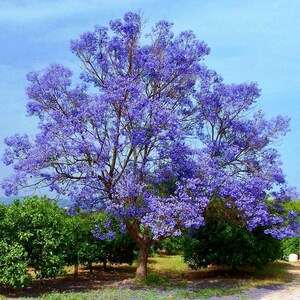
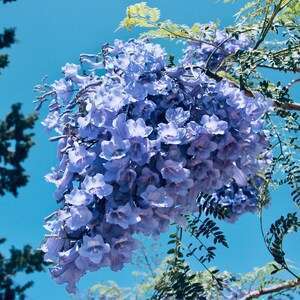
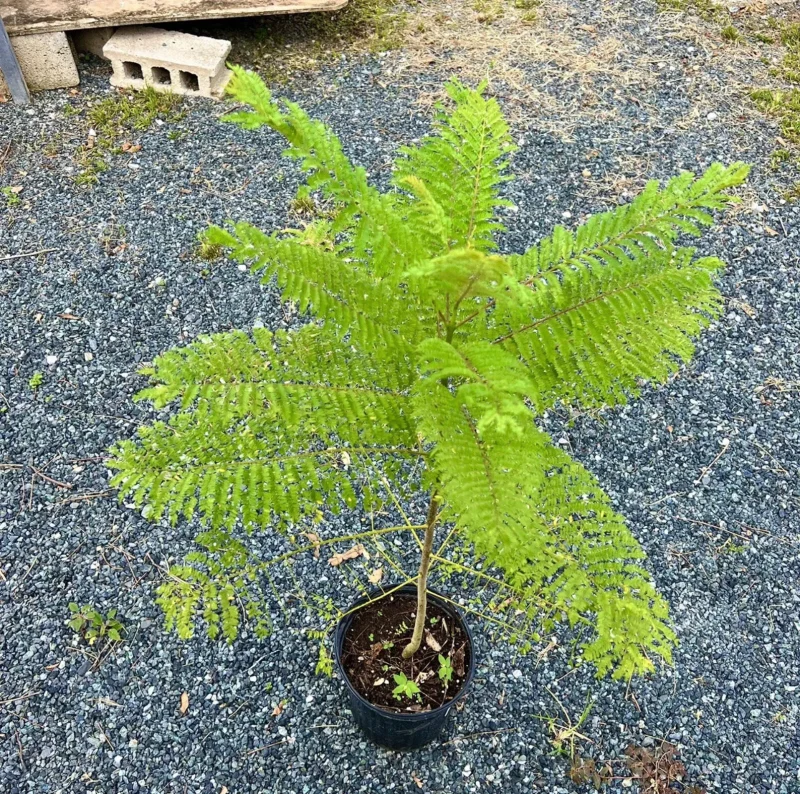
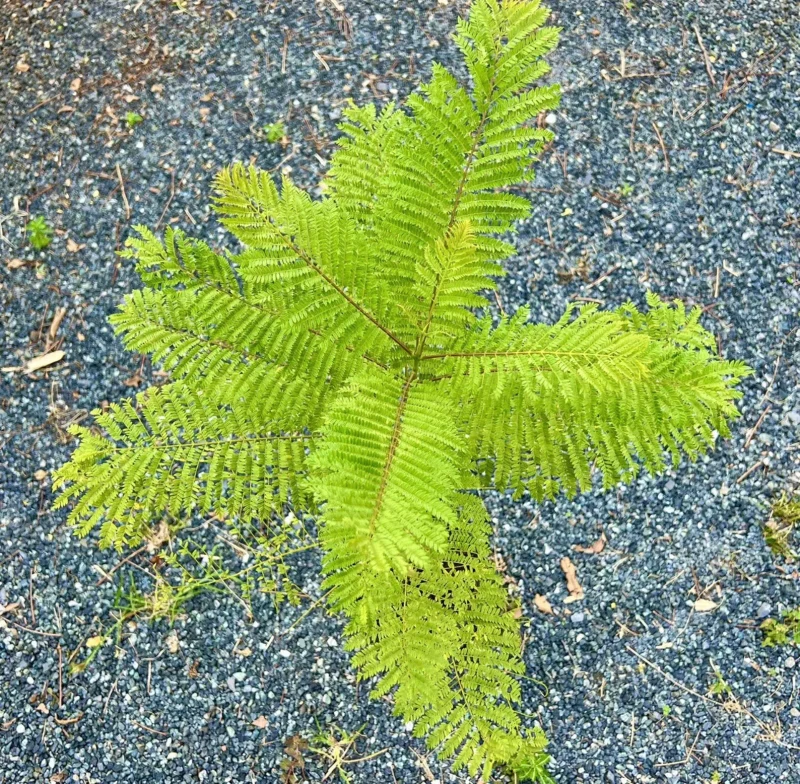
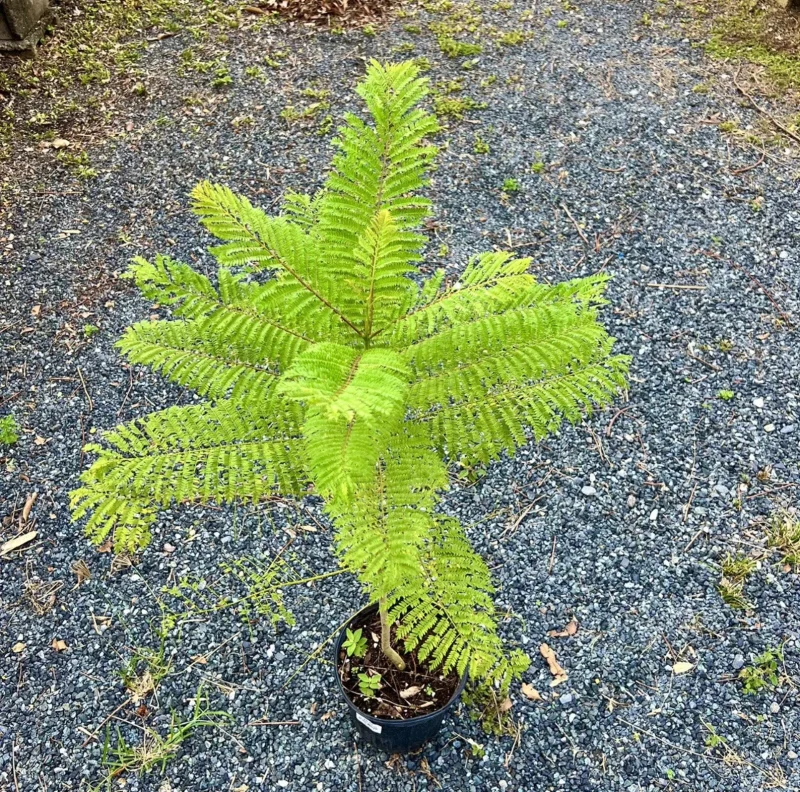
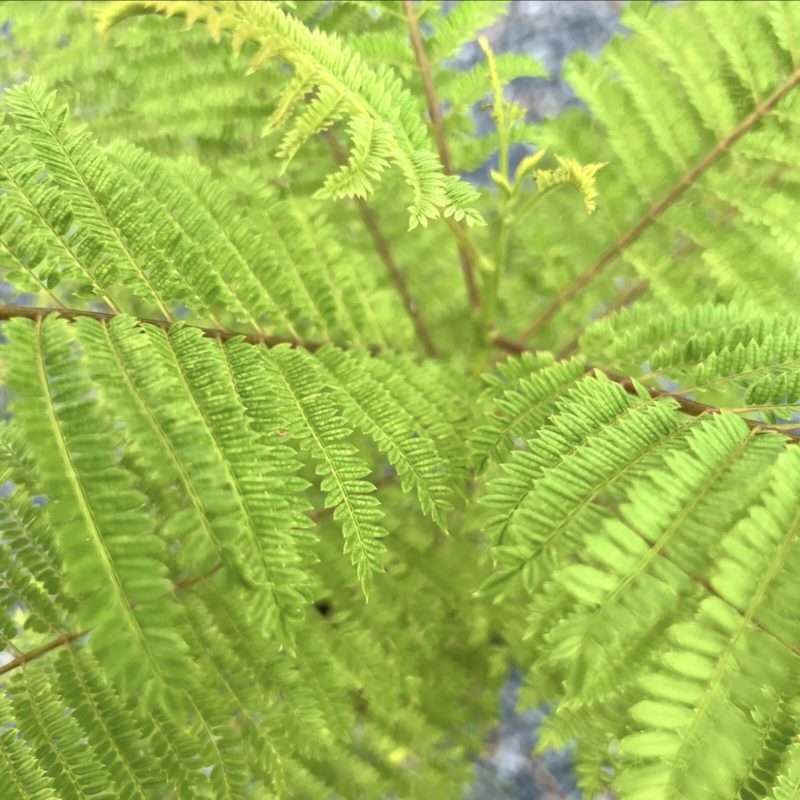
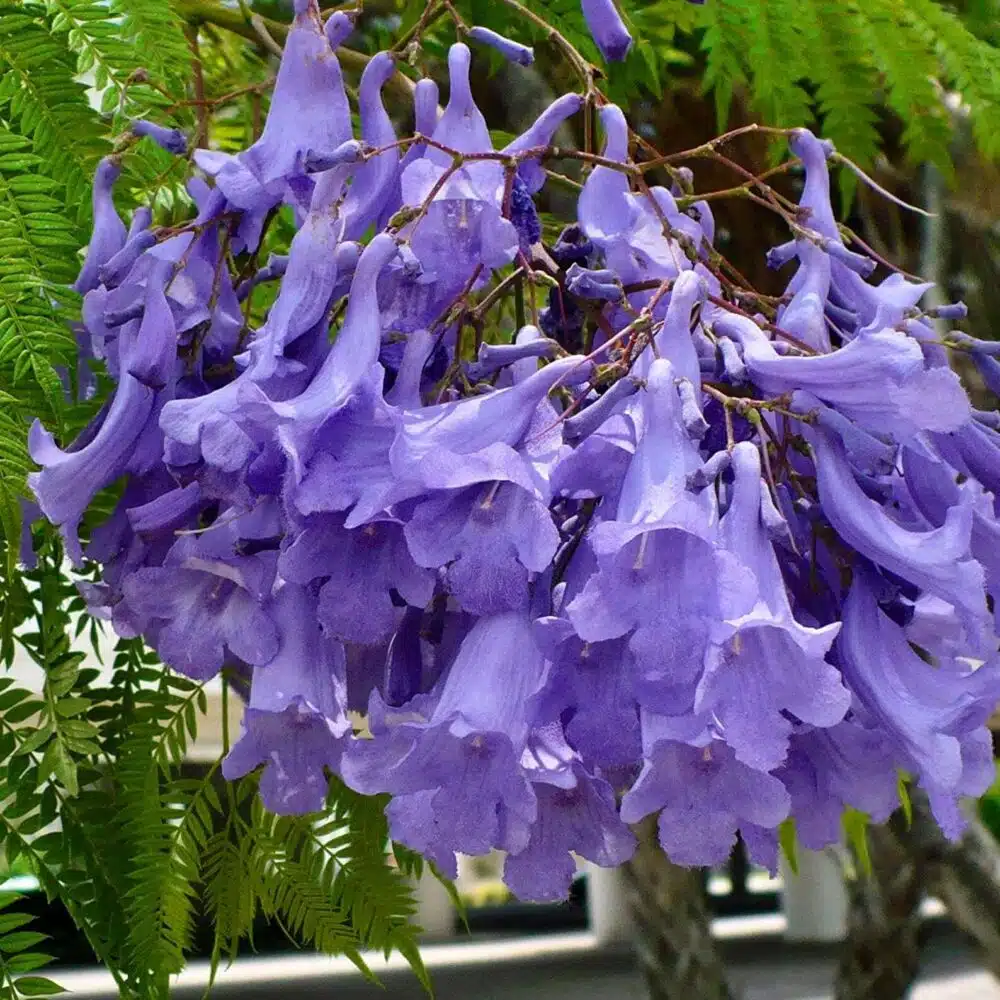

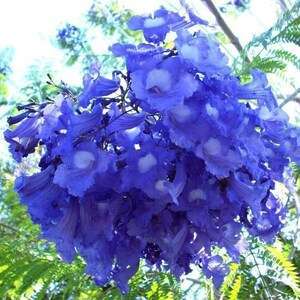
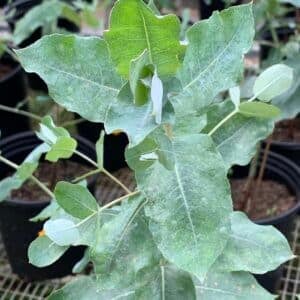
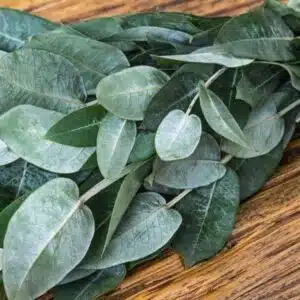

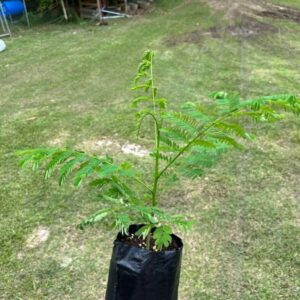
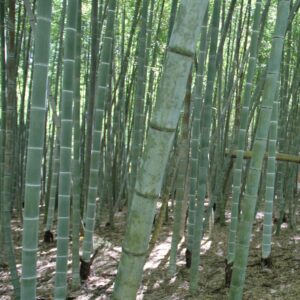

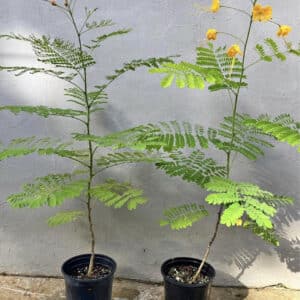
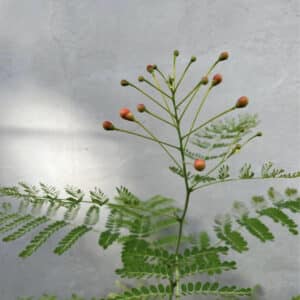
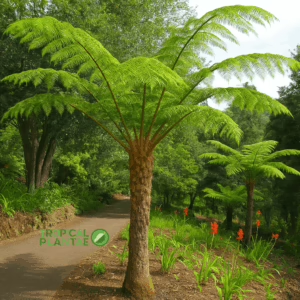

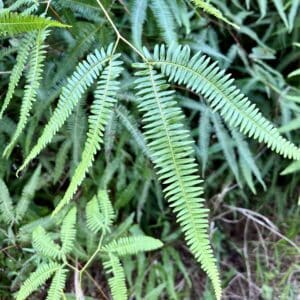

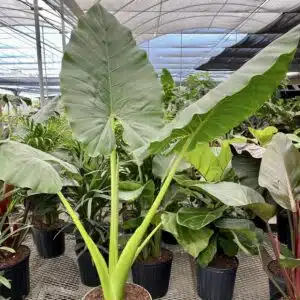

Reviews
There are no reviews yet.